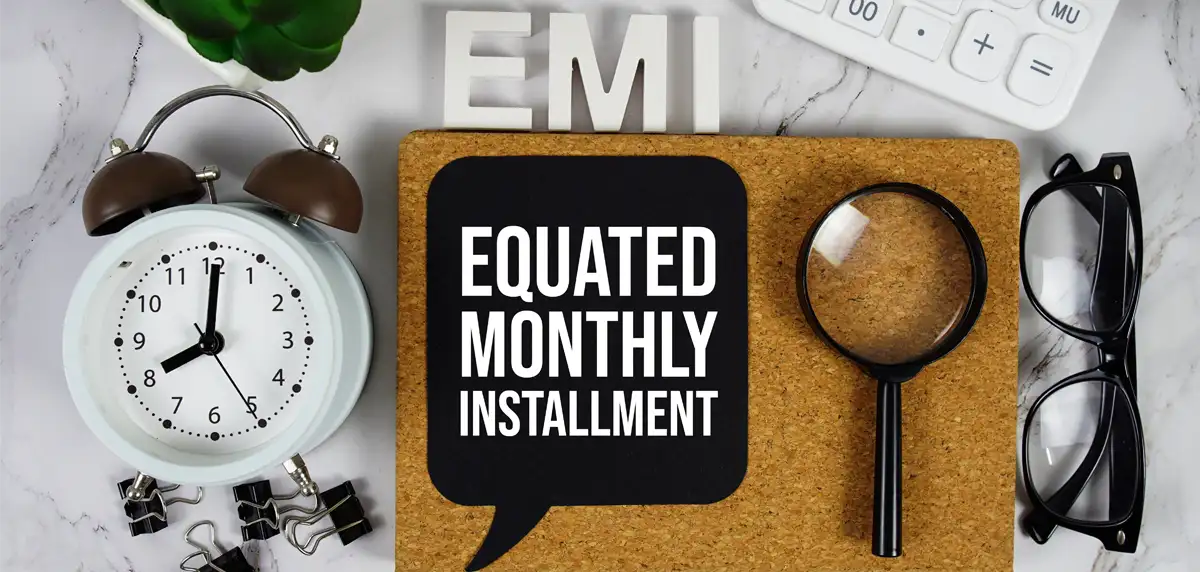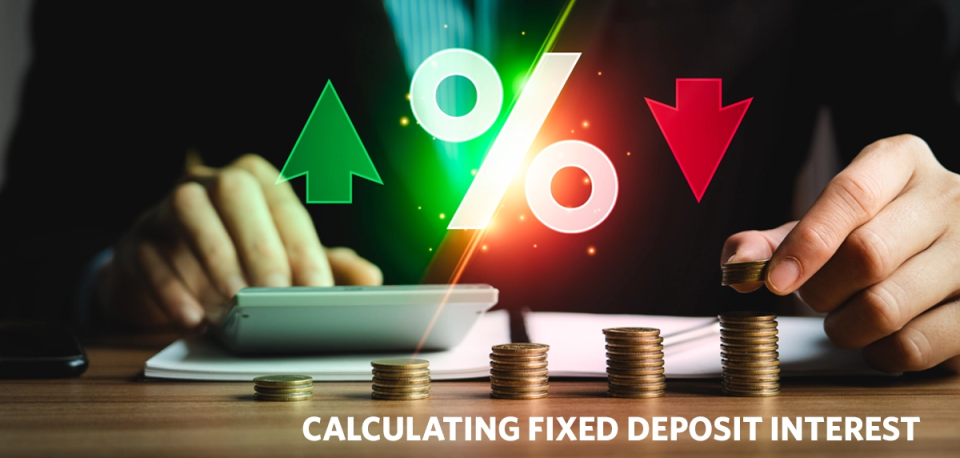In the last few years, the term ‘EMI’ has become increasingly common. For many Indians, major purchases like a home, a car, or higher education are often made possible only through loans. When you take a loan, you repay it in manageable monthly instalments. These are called EMIs. Understanding what EMI is and how it works is a fundamental part of smart financial planning.
Understanding EMIs
So, what is EMI? It stands for Equated Monthly Instalment. It is a fixed amount you pay to your bank or lender on a specific date every month until your loan is completely repaid.
An EMI has two components: the principal amount and the interest. The principal is the original sum of money you borrowed. The interest is the cost you pay to the lender for borrowing that money. Every EMI payment you make reduces your outstanding loan balance on a gradual level.
How Do EMIs Work?
Now that you know what one means by EMI, let’s look at how it works.
- When you start repaying a loan, a larger portion of your initial EMIs goes towards paying the interest; a smaller portion reduces the principal.
- As time passes and the total payable amount decreases, the interest component of your EMI also reduces. Consequently, a bigger part of your EMI starts going toward repaying the principal. Meanwhile, your total EMI amount remains fixed. This process is known as loan amortisation.
- Thus, EMIs allow you to balance the interest and principal repayment of your loan without any changes in the payment amount.
How are EMIs Calculated?
The calculation of an EMI is based on a standard mathematical formula that considers the loan amount, the interest rate, and the loan tenure. The formula for someone wanting to know how to calculate EMI, is:
EMI = [P x R x (1+R)^N] / [(1+R)^N-1]
Where:
- P stands for the Principal loan amount.
- R stands for the Rate of Interest per month (annual interest rate divided by 12).
- N stands for the Loan Tenure in months.
While knowing how to calculate EMI using the formula is important, using the knowledge to make manual computations can be a bit complex. You can use relevant online tools to make EMI calculations easier. For instance, if you are applying for a home loan, you can use a home loan EMI calculator to get estimates in an instant. You can also use other tools, such as the car loan EMI calculator or personal loan EMI calculator, as per your needs. These tools instantly compute your EMI, total interest payable, and total repayment amount. All you have to do is simply enter the loan amount, interest rate, and tenure.
Knowing the estimates beforehand can help you carry out your financial planning more accurately.
What Factors Affect the EMI Amount?
The main factors that directly influence your EMI amount include:
Loan Amount (Principal)
This is the most straightforward factor. The higher the loan amount you borrow, the higher your EMI will be, and vice versa.
Interest Rate
The rate of interest is the cost of borrowing. A lower interest rate leads to a lower EMI, making the loan more affordable. Your credit score, income, and the lender's policies determine the interest rate you receive.
Loan Tenure
This is the repayment period. Opting for a longer tenure spreads the repayment over more months, resulting in a lower EMI. However, this also means you will pay more interest overall. A shorter tenure increases your EMI but reduces the total interest outgo.
By adjusting these factors, especially the tenure, you can adjust the EMI to fit your monthly budget. Using an EMI calculator allows you to see the impact of these changes instantly.
Along with these three factors, your EMI amount may also be influenced by prepayments or part-payments. As your total payable amount reduces, chances are, the EMI amount (or its tenure) may be reduced, too.
Pros and Cons of EMIs
EMIs make it easier to carry out large purchases. But it is crucial to look at their advantages and disadvantages.
Pros
| Cons
|
|
Breaks down a large, one-time expense into smaller, manageable monthly payments.
|
You are tied to a financial obligation for a long period. This can limit future financial flexibility.
|
|
Instils a habit of regular, disciplined savings and repayment, which can help improve your credit score.
|
The interest you pay over the tenure increases the total cost of the asset above its original price.
|
|
Since the EMI amount is fixed for the entire loan tenure (in most cases), it is easy to plan your monthly budget.
|
Failure to pay EMIs can lead to penalties, a damaged credit score, and even the seizure of the asset (in case of secured loans).
|
|
Consistent and timely EMI payments build a positive credit history. This also makes it easier to get loans approved in the future.
| - Potential for Over-leverage
Easy access to credit through EMIs can tempt individuals to borrow beyond their repayment capacity.
|
If you want to protect your family against the burden of repayment in your absence, consider opting for a life insurance plan. It provides your loved ones with a financial payout in the case of your demise, so they can pay off any outstanding debts without monetary worries.
Understanding what EMI is and the role it can play in your financial planning is important. EMIs provide an easy path to purchasing important goods. However, they are also a serious financial commitment. Before taking a loan, always use an EMI calculator to assess your repayment capacity. Ensure your EMIs fit comfortably within your budget and consider safeguarding your income with the right life insurance plans.





















